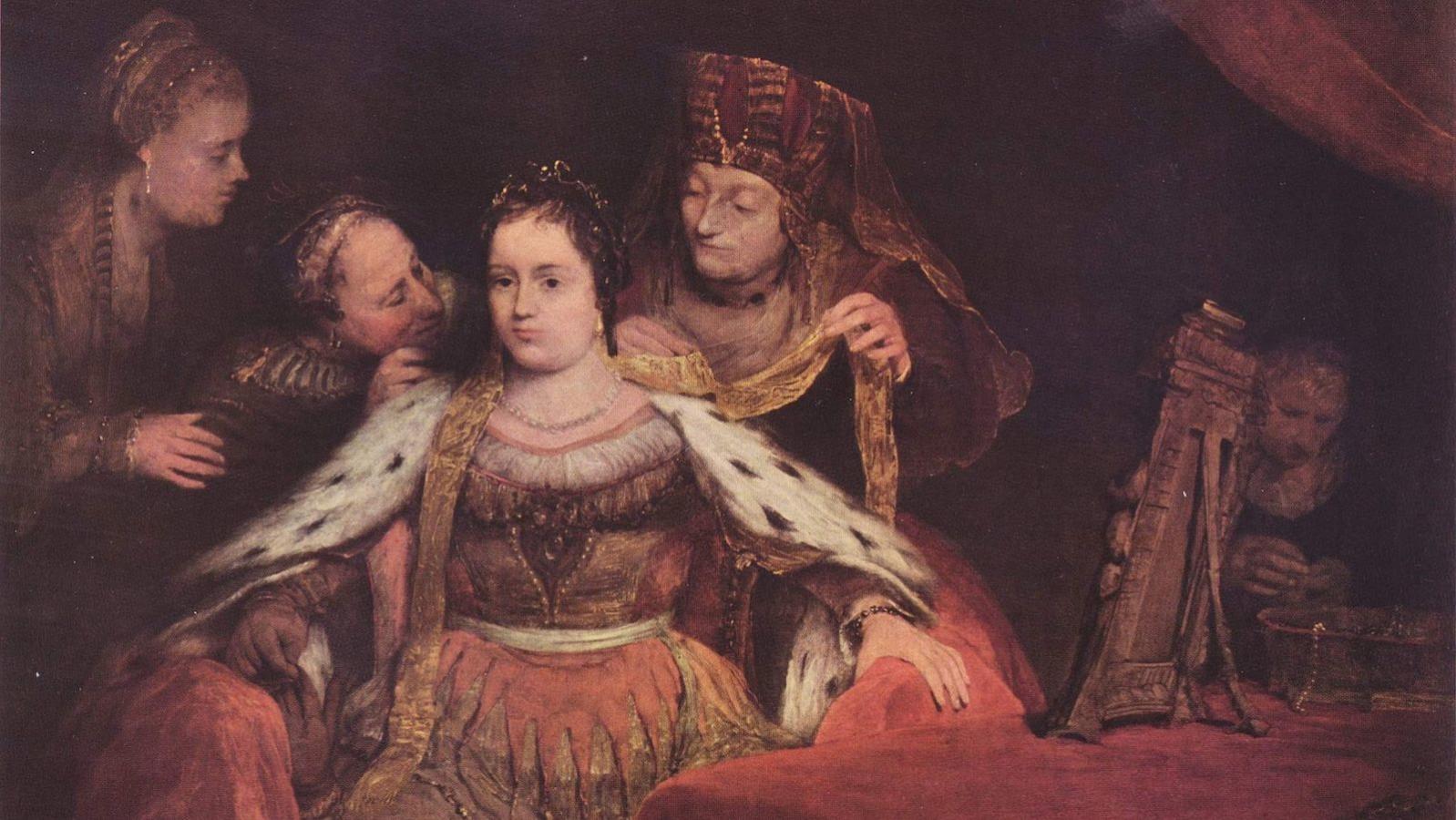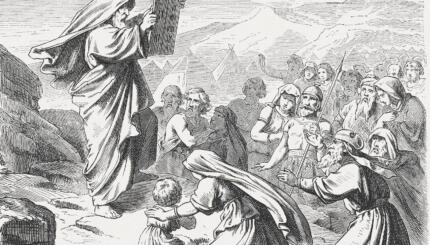At first glance, Purim appears to be a Jewish Mardi Gras — a day of raucous humor, irreverence and revelry. In fact, at its core, Purim grapples with deep and even troubling themes.
The Jewish calendar highlights the eternal struggle between good and evil as Purim approaches. It is taught that from the first day of the month of Adar in anticipation of Purim “joy is multiplied” (Babylonian Talmud, Ta’anit 29a). Even so, the Torah reading on the Shabbat immediately following the beginning of this joyful cycle (Parashat Zachor) enshrines the memory of Amalek, destined since biblical times to strike at the Jewish people in every generation.
In its paradoxical style, the Book of Esther does not settle for a simple narrative of the Jews under the leadership of Mordecai and Esther–descendants of the same King Saul who failed to eliminate the threat of Amalek previously (1 Samuel 15:1-38)–outwitting Amalek’s genocidal descendant Haman. Even though the “good” Jews are clear winners over “evil” Haman, deeper engagement with this narrative actually inspires the much more complex and profound theological question of whether blind fate or the hidden hand of God holds humanity in its sway.
The Hebrew word purim is the plural form of pur, meaning lot. In the Book of Esther, the “luck of the draw” prevails and God is notably absent. Although it is one of the two biblical books that do not refer directly to God, a midrashic reading of its heroine’s name “Esther” recalls the divine vow “haster astir panai,” or “I [God] surely will hide My face.” More important for the Jewish acceptance of the holiness of the book is Mordecai’s reference to help coming “from another place” (Esther 4:14), which Jewish tradition interprets as an oblique reference to God. Ultimately, however, it is the book’s giving of hope to an oppressed and scattered people that they will prevail, no matter how desperate their circumstances, that has made the Book of Esther so beloved in the Jewish community.
Within this tension between a hidden God and a story seemingly driven by arbitrary fate, a number of other fascinating themes emerge. A comparison with the Exodus from Egypt — commemorated just a few weeks later at Passover — produces striking parallels and very different conclusions. In both stories, a hateful tyrant threatens to destroy the Jews. While the stateless Israelite slaves flee Egypt to find freedom under God‘s protecting care, the established Jews of Persia use their political connections and skill to reassert themselves within their host community. If the triumph of the Israelites in Egypt is explicitly determined by the exercise of divine authority, the story of Purim is characterized by human deception, sexual manipulation, and bloodshed.
In simple terms, the theology of Passover celebrates God’s determination to lead the Jews from exile to their own land, while Purim reflects the situation of a people in the Diaspora surviving by their own wiles within a world of moral uncertainty.
Fluidity of Jewish identity is another key aspect of Purim as. Esther — apparently unobservant of Jewish custom within the court — is more “assimilated” the further she moves up the Persian hierarchy. Her Uncle Mordecai’s supposed piousness notwithstanding, when she is finally called upon to serve her people, it is her very assimilation that allows her access to the king and serves all Jews so well.
Purim and its customs of drinking, dressing-up, and mockery provide the natural opportunity for challenging the standard religious system. People are invited to relinquish normal modes of behavior for one day, embracing behavior otherwise viewed with suspicion. Controlled and institutionalized chaos affirms the greater structure of Jewish custom and law by forming an outlet for a healthy questioning and challenge from within. At the same time, consequences of losing control are further balanced by traditions of giving extra tzedakah (charity) and special gifts to friends and neighbors (mishloach manot) on Purim. Even in its antinomianism (breaking the rules), the tradition has one eye focused on communal balance.
It is taught that in messianic times, only the festival of Purim will continue to be celebrated. Despite efforts to untangle its rich weave of paradoxes, no simple analysis suffices to explain this most unusual and dynamic of the Jewish holidays. It is fitting that Purim’s deepest mysteries and effects, like the face behind the mask, are most potent when unrevealed, and that the great jester of Jewish festivals offers theological defiance while raising a glass and tilting a smile.
Adar
Pronounced: uh-DAHR, Origin: Hebrew, Jewish month usually coinciding with February-March.
Purim
Pronounced: PUR-im, the Feast of Lots, Origin: Hebrew, a joyous holiday that recounts the saving of the Jews from a threatened massacre during the Persian period.
Torah
Pronunced: TORE-uh, Origin: Hebrew, the Five Books of Moses.



